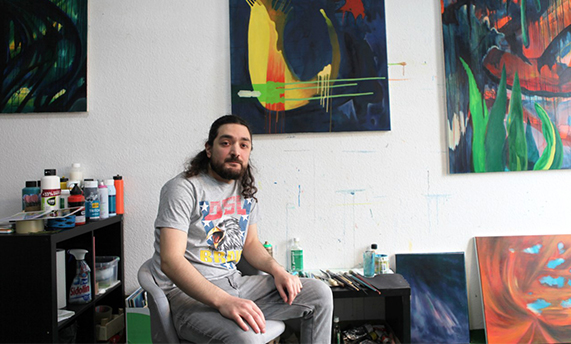
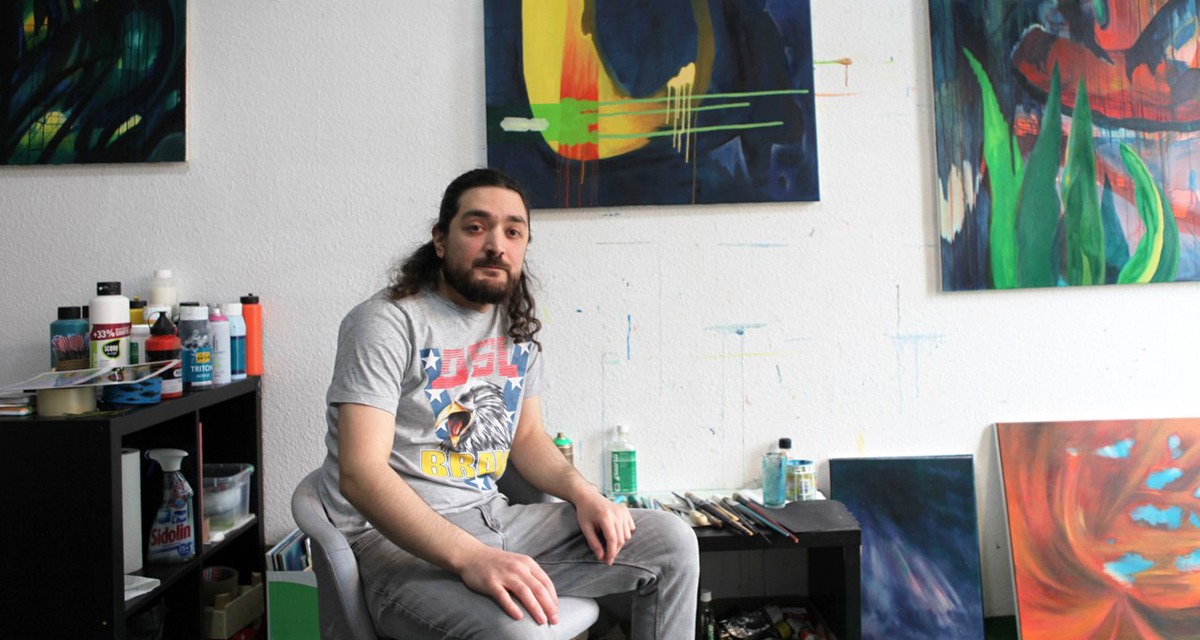
Text and Photo: Irina Rusinovich
Where do you come from, where and when were you born?
I am from Tbilisi, Georgia
12.08.1990
Please tell us about your artistic vita in a few sentences.
I think my artistic vita begins in my dad’s art studio on the top of a soviet apartment building, the
place from which, till this day, I derive knowledge, emotions and questions with which I play with answers. In 2016-2021 I studied at Muthesius Kunsthochschule in Kiel. During which I participated in multiple shows. I can’t brag about the amount of gallery shows I’ve been in, since I’ve always been experimenting with different materials and styles. But I’m sure a lot will change in that direction this year.
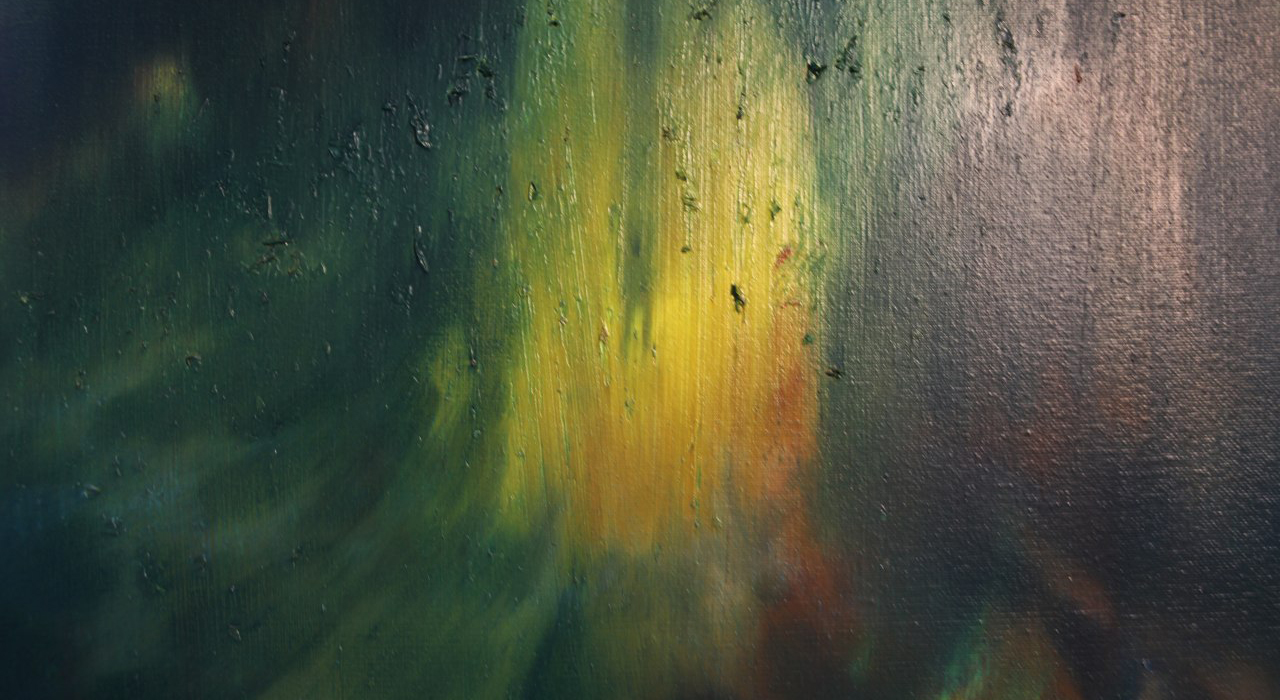
How would you describe your creative process?
It is very chaotic, spontaneous and impulsive. I work on multiple different scale paintings at the same time. I believe these dynamics are shown in the paintings as well, I’m just not sure if it’s good or bad, but I look closely inwards during my creative process and I believe this is the most important aspect.
What was the key influence that led to the development of your process and style?
I think a big part of the process and the style stems from childhood insecurities and difficulties. What had the most influence was a confession, a very important confession that we don’t really know the place and environment we’re in and we need to study it, despite the fact that by itself everything looks familiar. This feeling of being lost was very interesting for me and acted as a starting point of this thinking, of the new style and process in my art.
What does art mean to you personally? Is there a goal you’re trying to accomplish?
Personally for me art is the reality, the chemistry of you looking or listening and knowing that it’s true, sincere and special. You have no idea why or how but you do know that it’s there.
Probably these are the hormones of reality with which people connect with each other outside of consciousness.
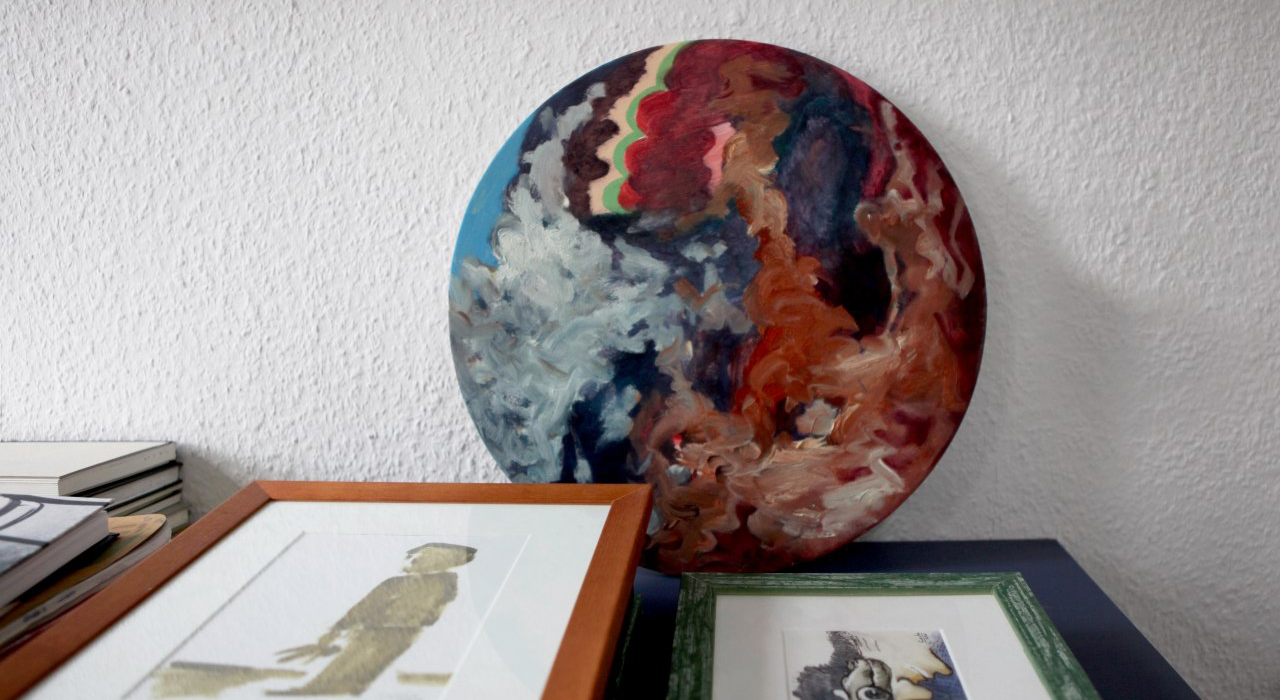
What is your favorite museum or art gallery and why?
Museums aren’t my favorite, they’re way too official. I prefer galleries and experimental spaces, since they’re a lot more candid and real. A lot of people criticize openings, saying that people go there just to talk and drink, but if that’s the case, then it’s good. Isn’t one of the qualities of art to build these sorts of bridges between people?
What’s your definition of beauty?
I try to find beauty in the everyday details. For example, I see a lot of it in a passionate person.
How do you think the art world will shape in the future?
Hard to say. The space is wide open and there are many directions. Despite technological progress and AI, human made art will have a significant value throughout the foreseeable future. Now is one of the most interesting times in the art world. We have an absolute craziness ahead.
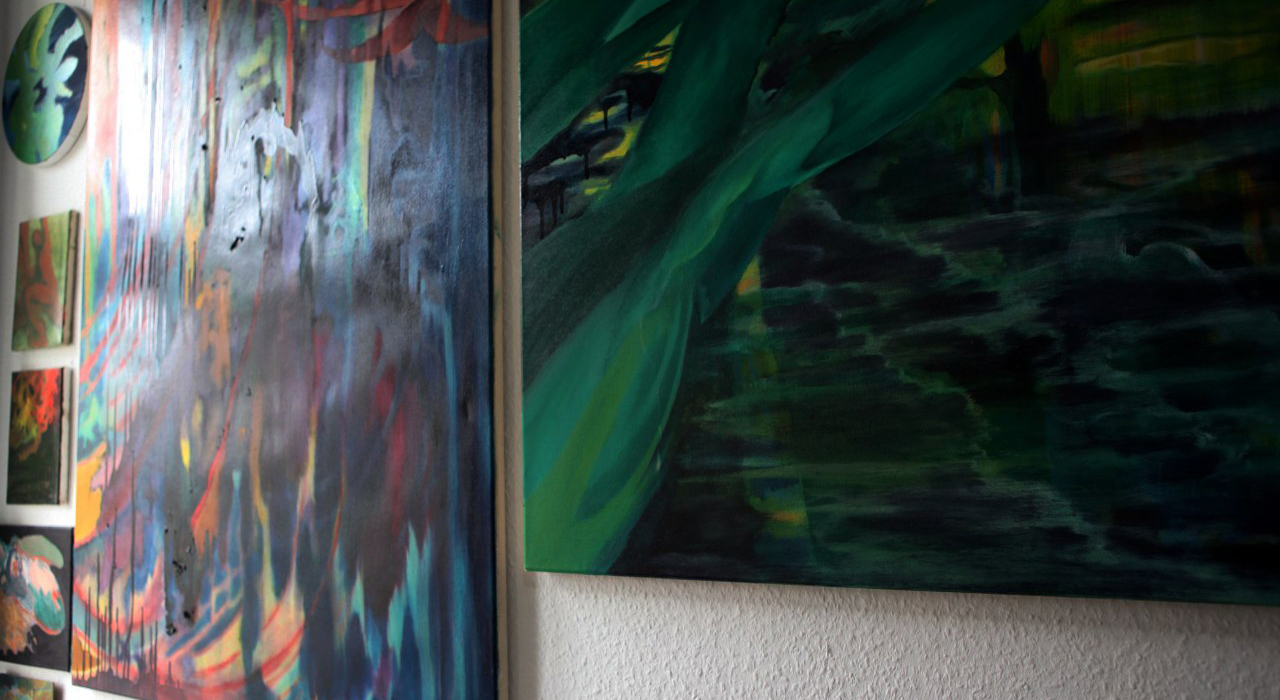
What’s next for you?
I’m very motivated because I feel like I’m making my first serious steps towards my career.
A lot of new emotions, still unknown, await me. I’m excited for my solo show in Haze Gallery and I’m very happy that we work together. Thank you for the trust.

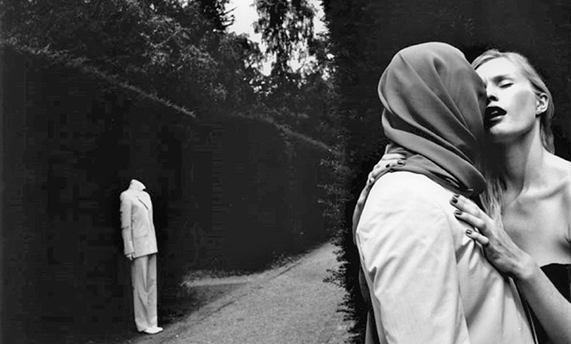
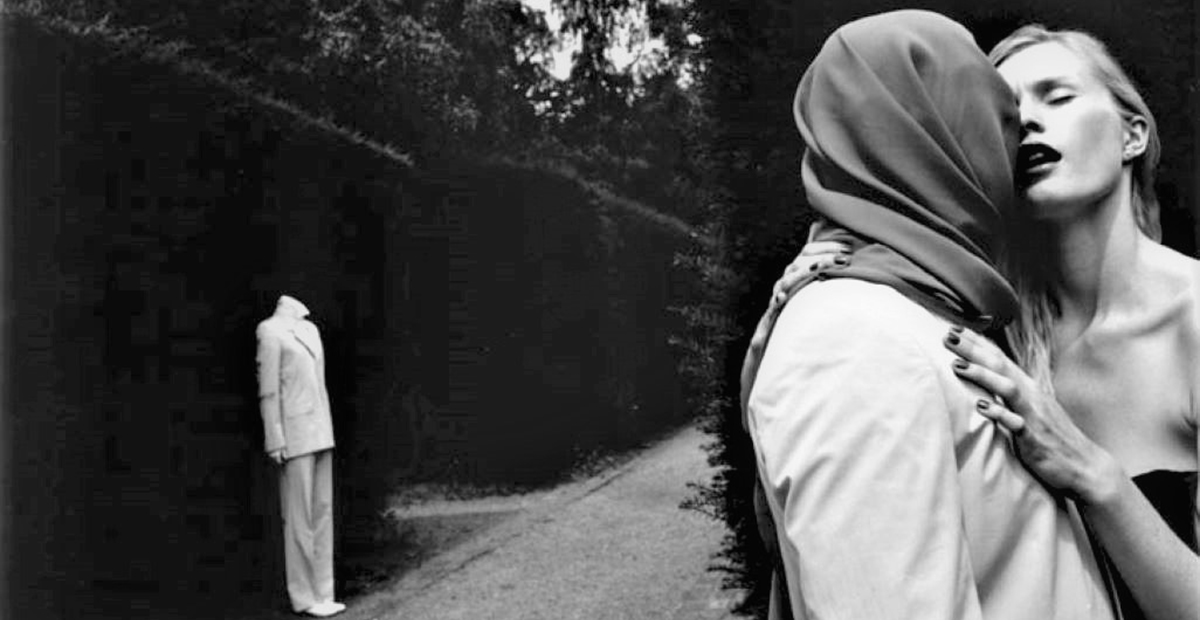
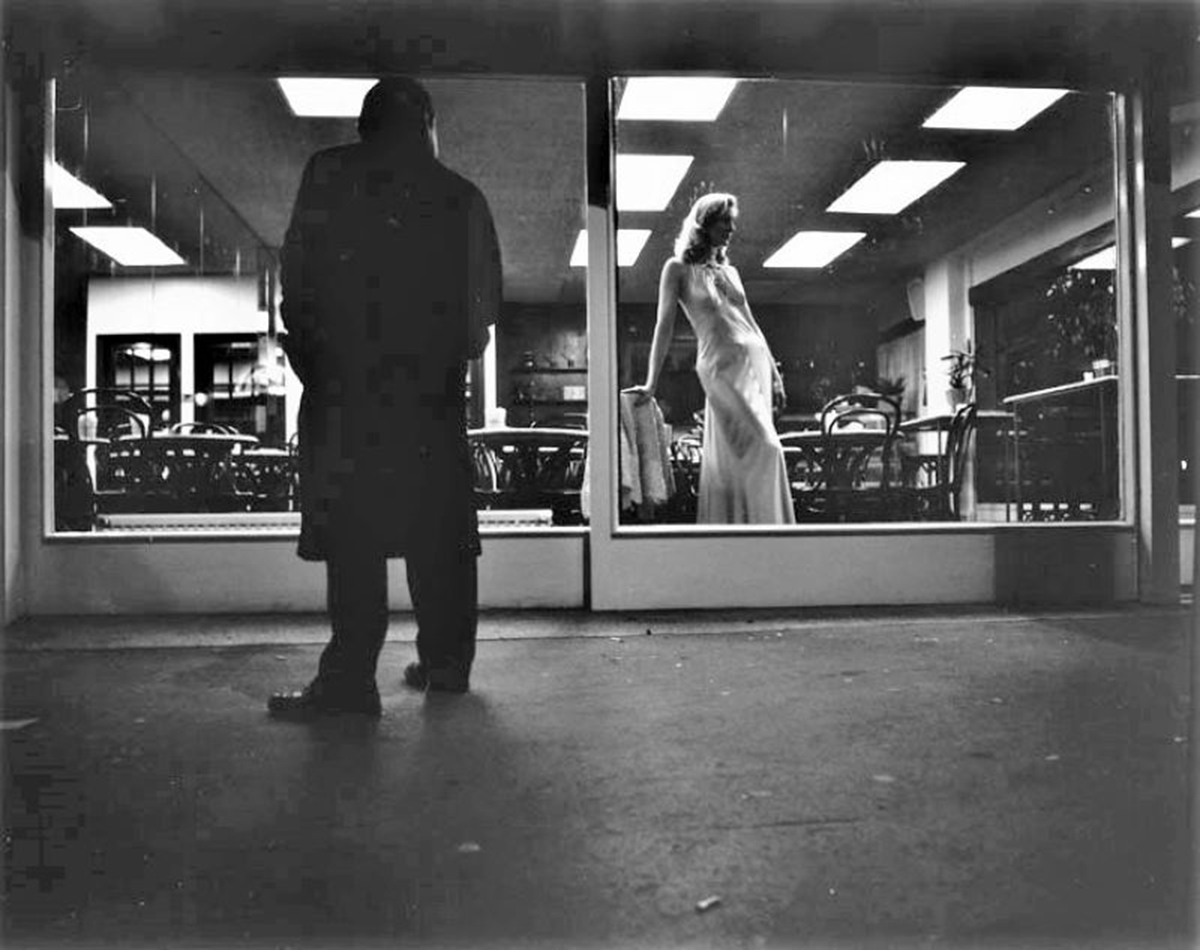
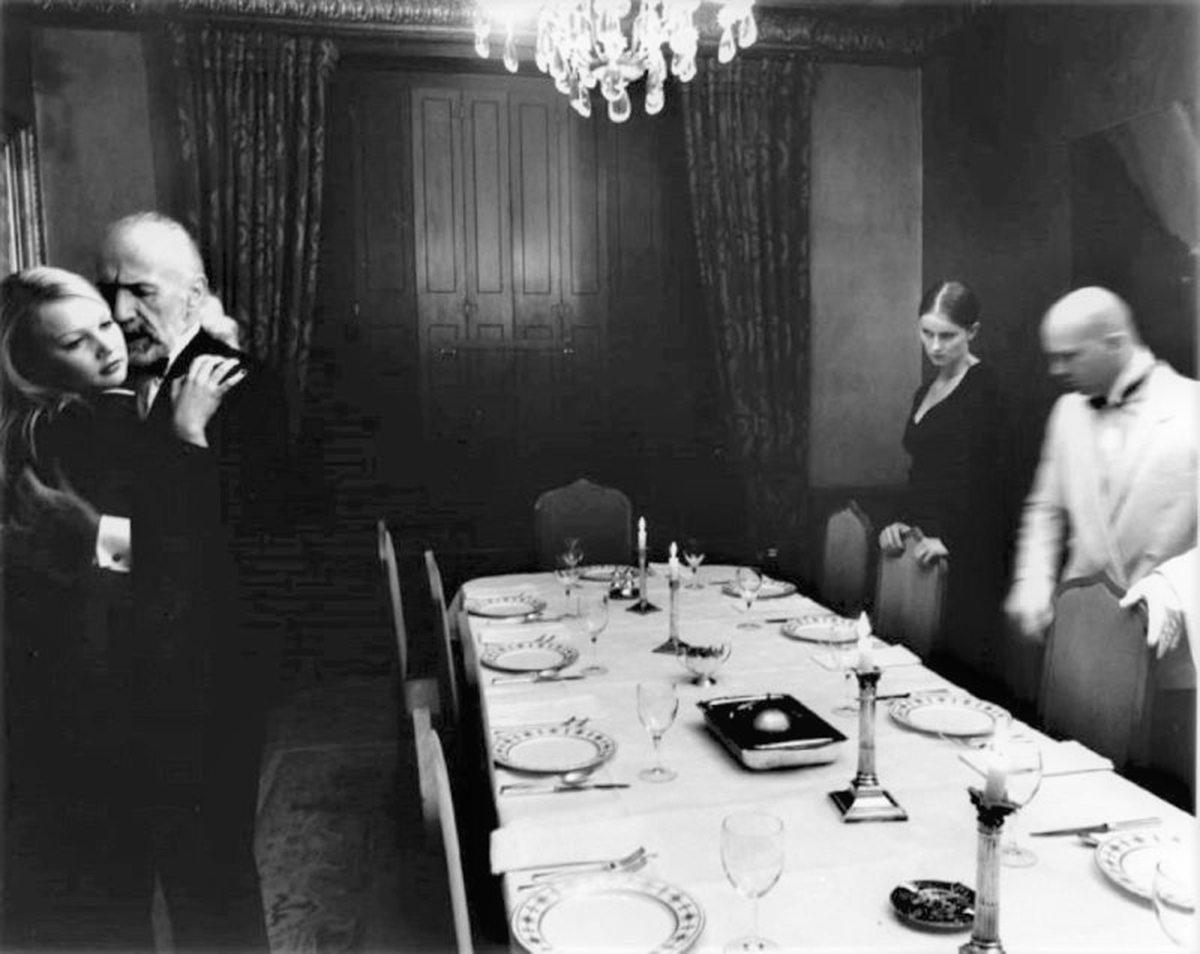
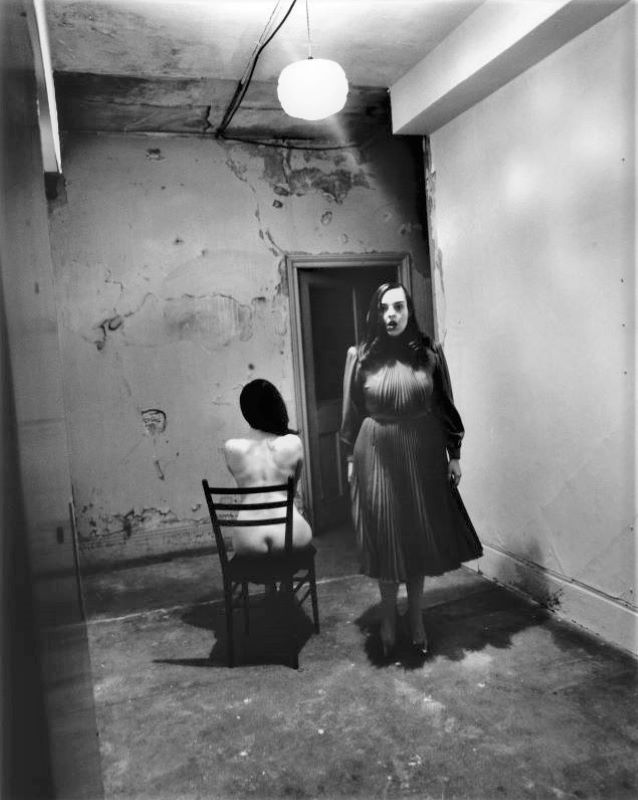
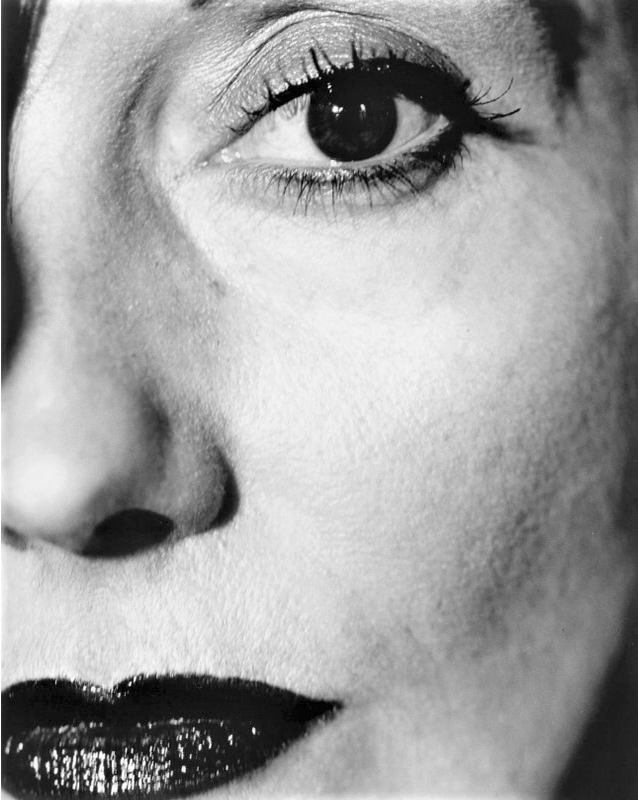
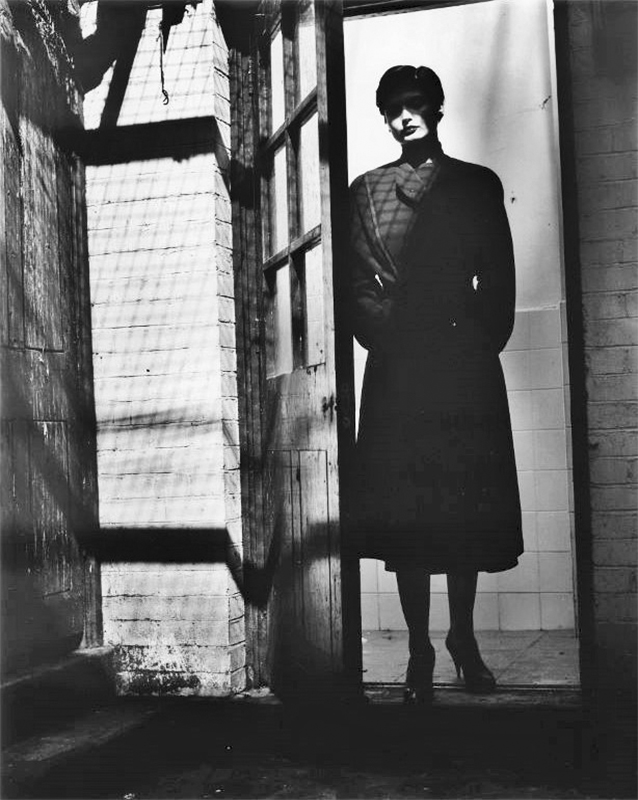
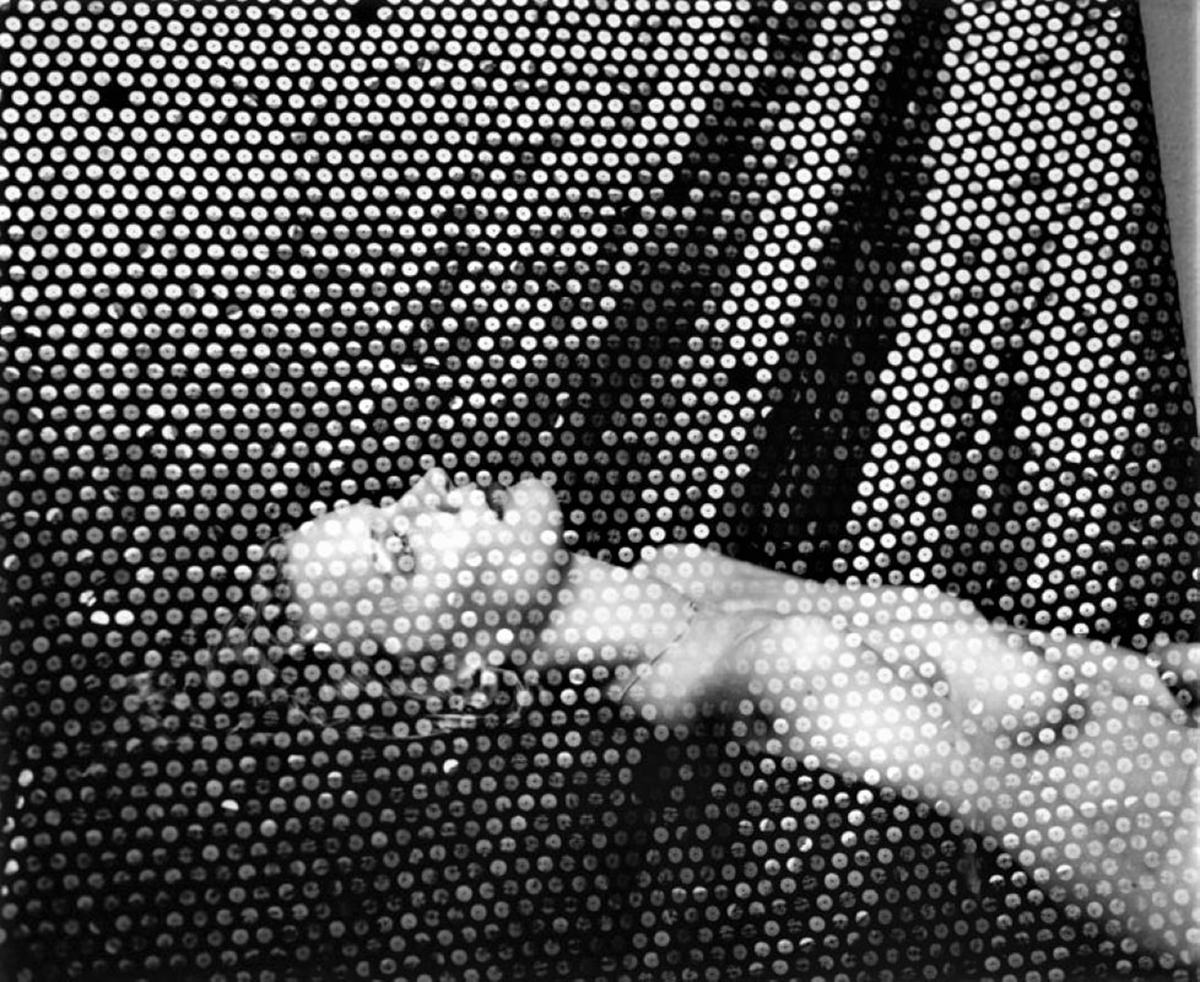
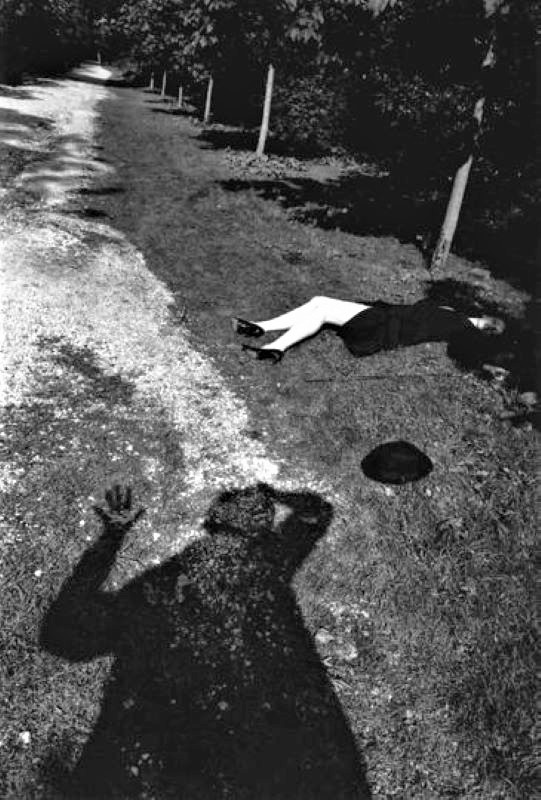
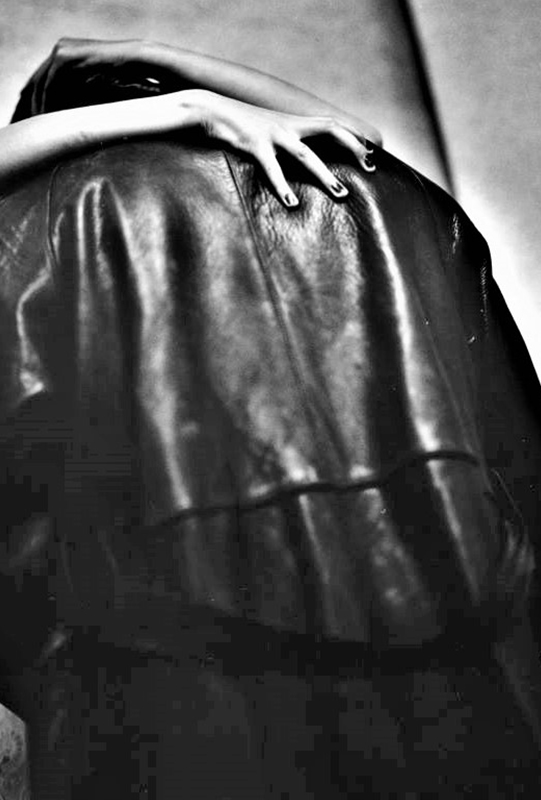
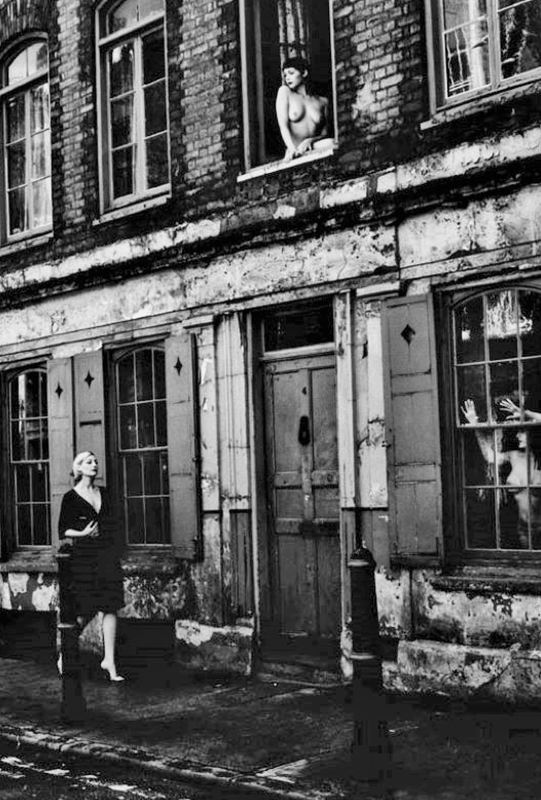
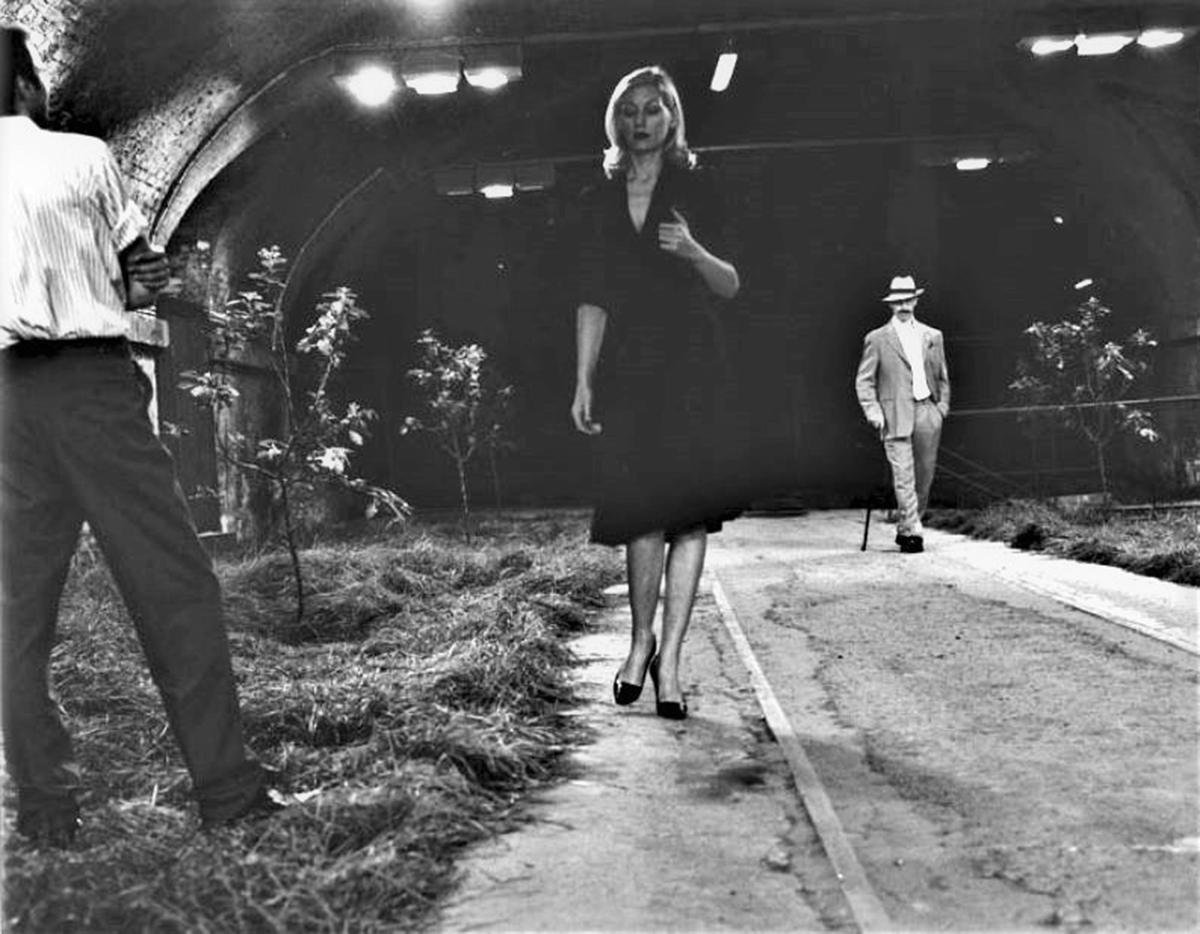
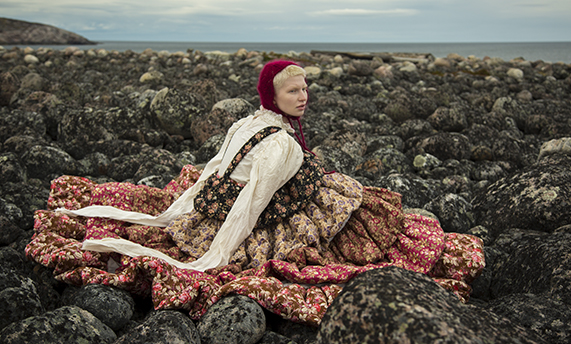

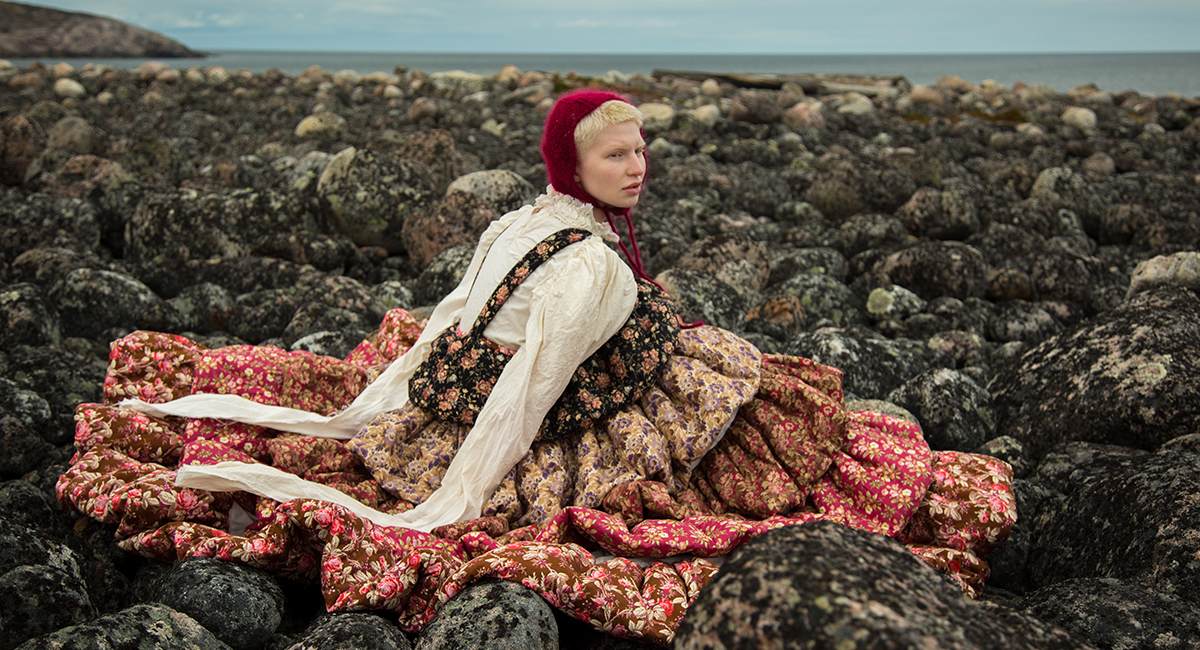
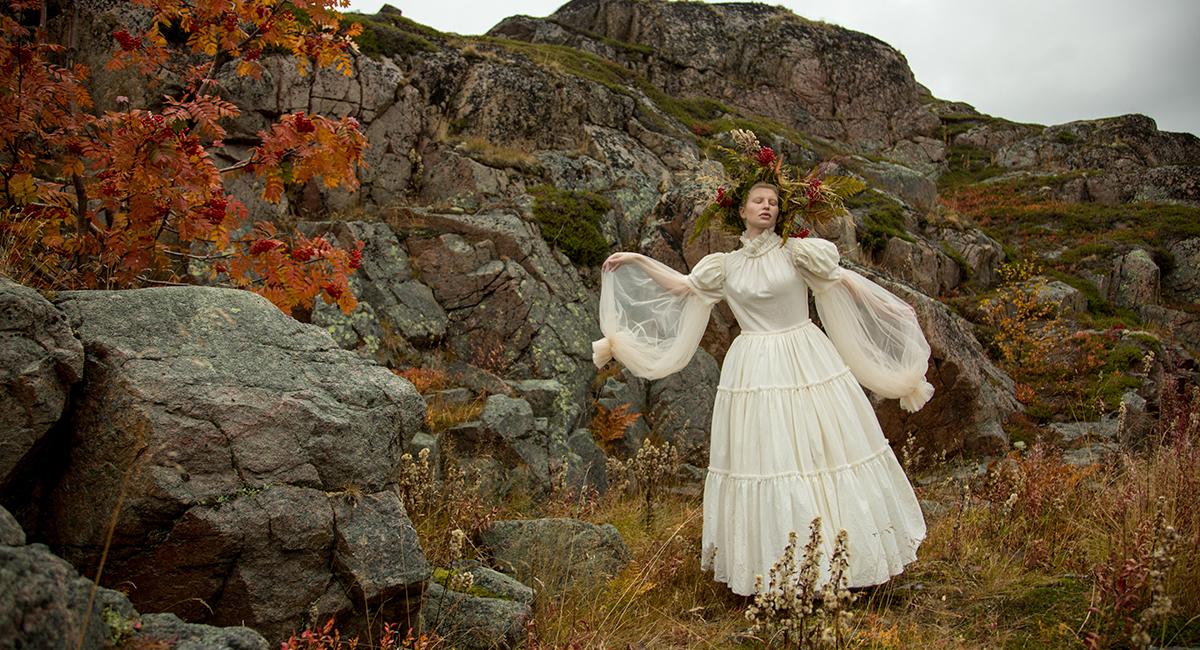

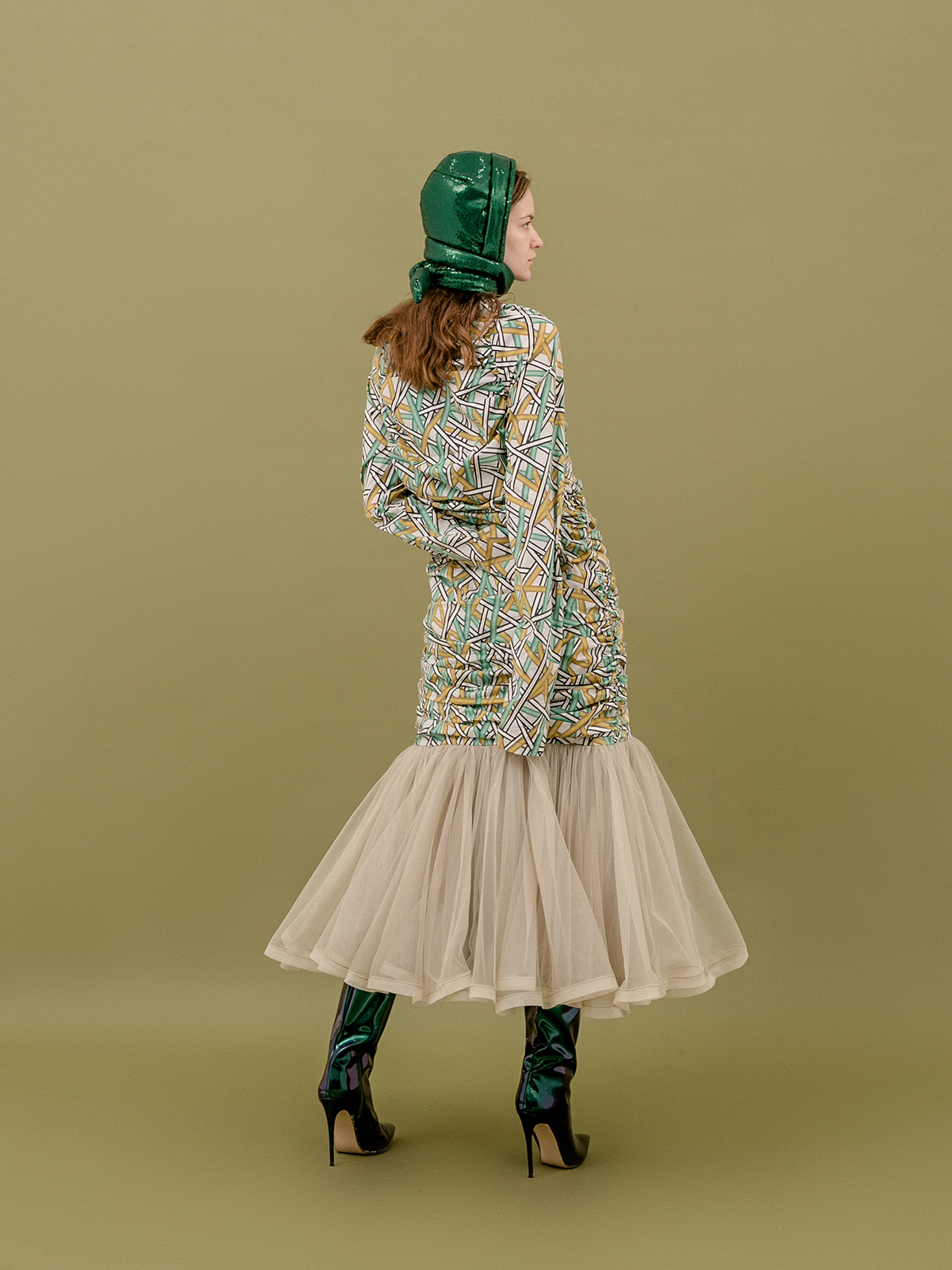

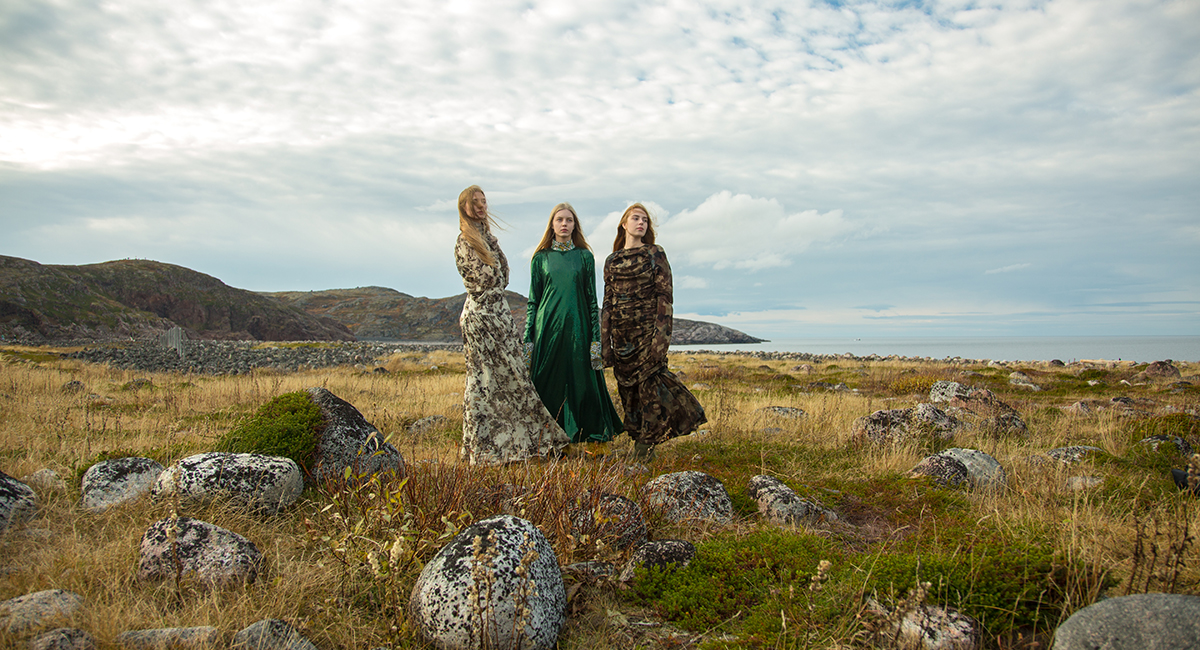
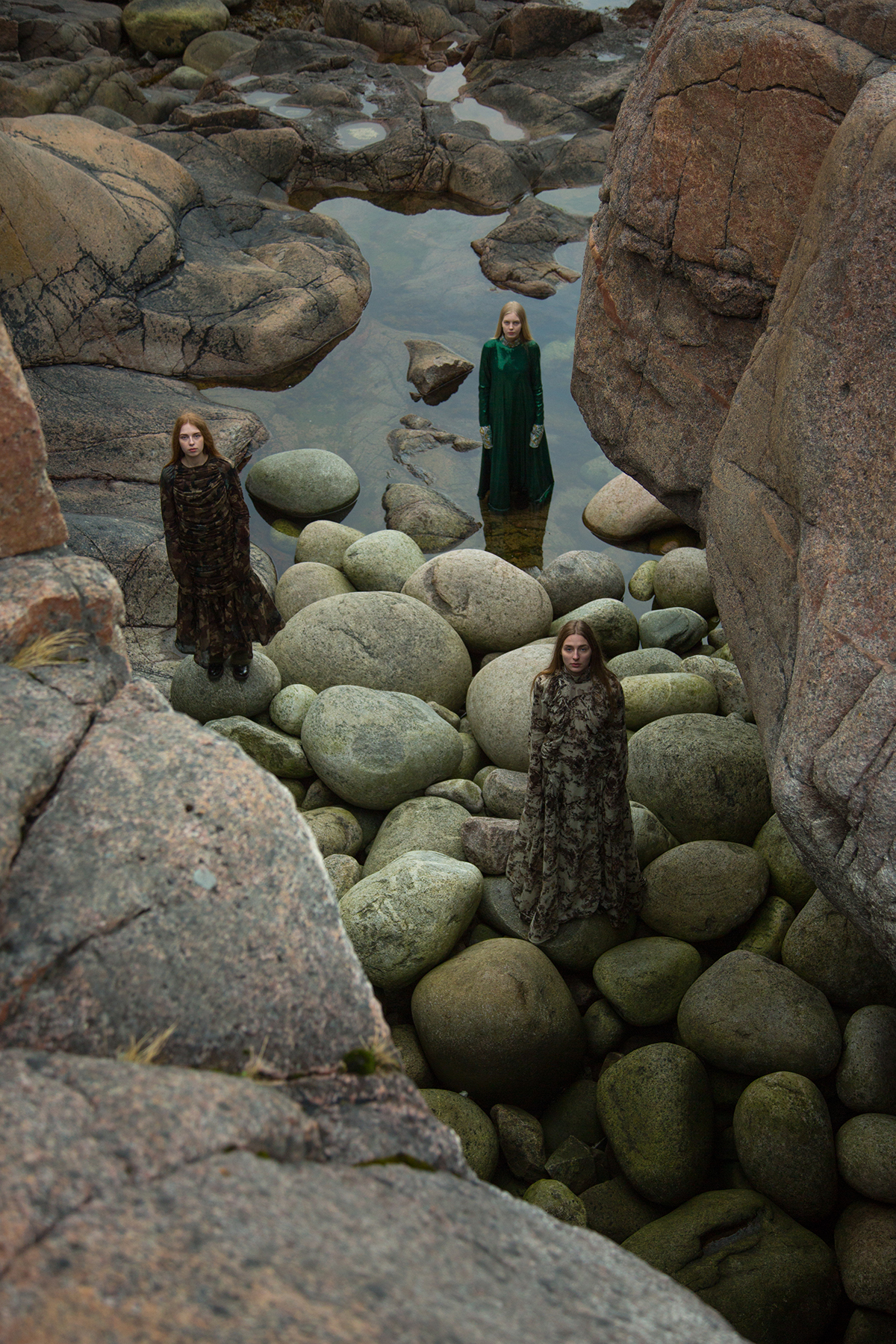
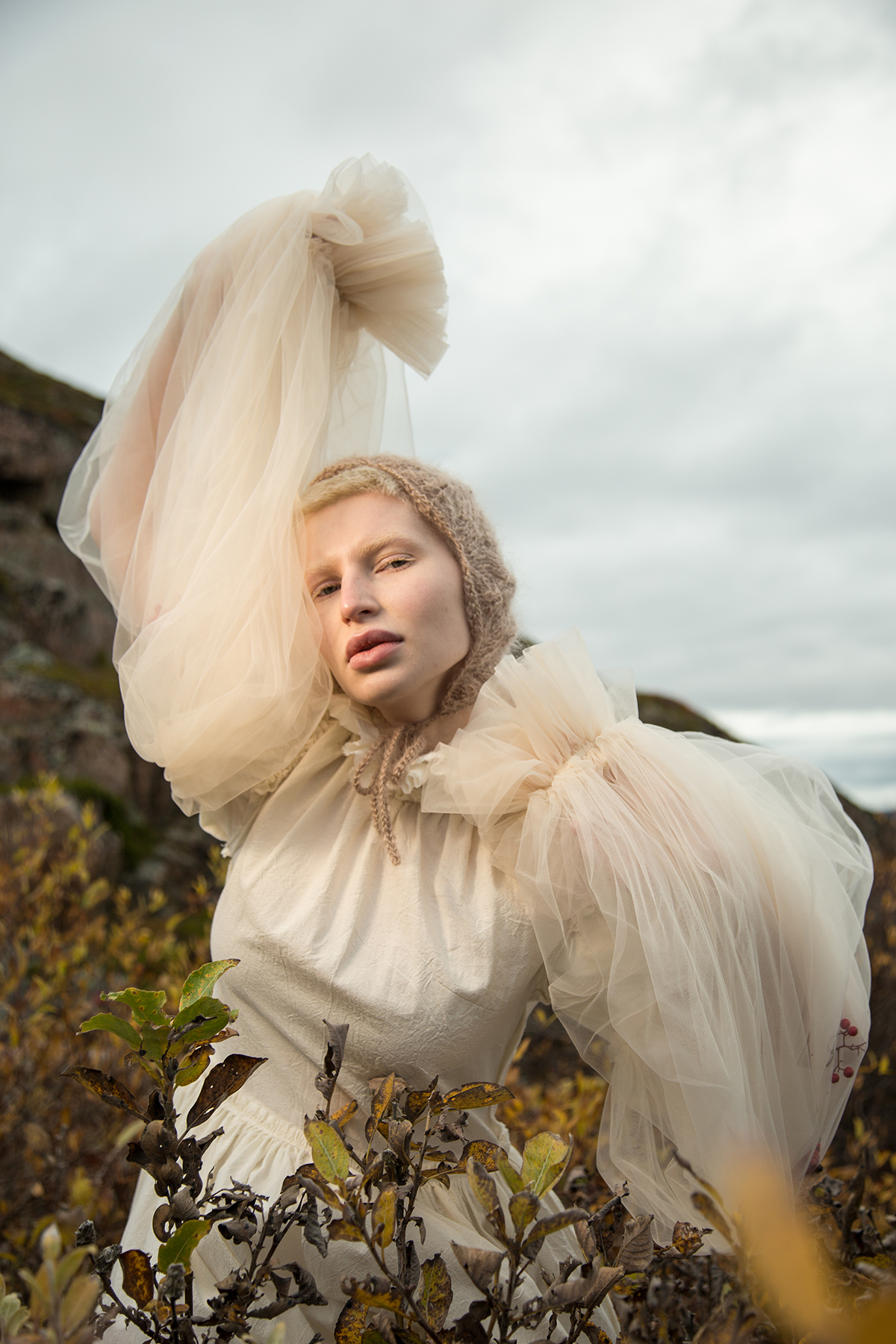
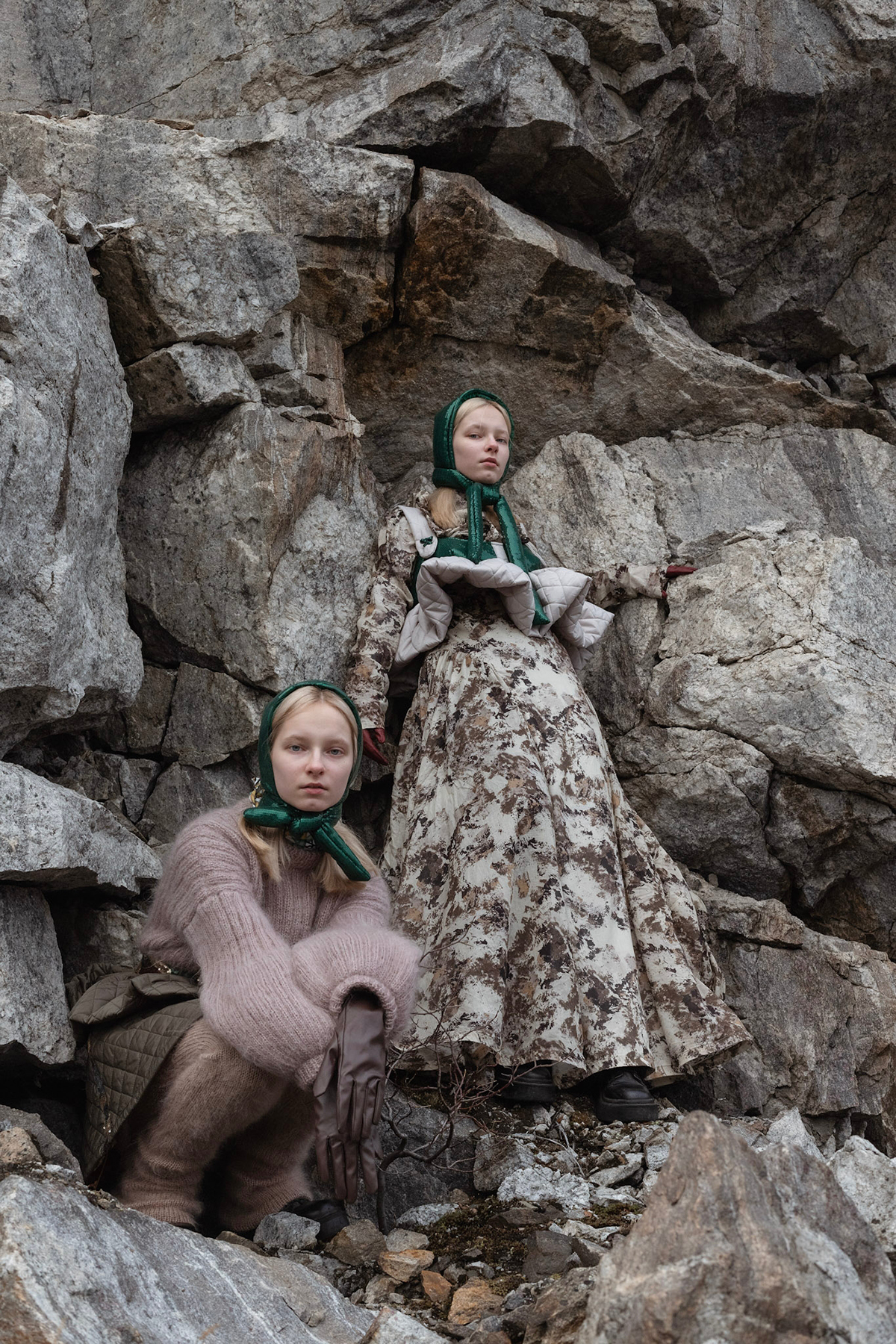
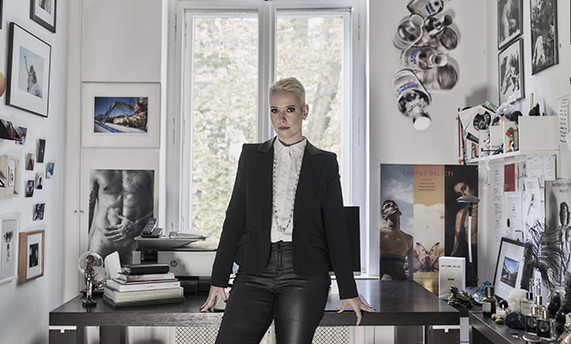
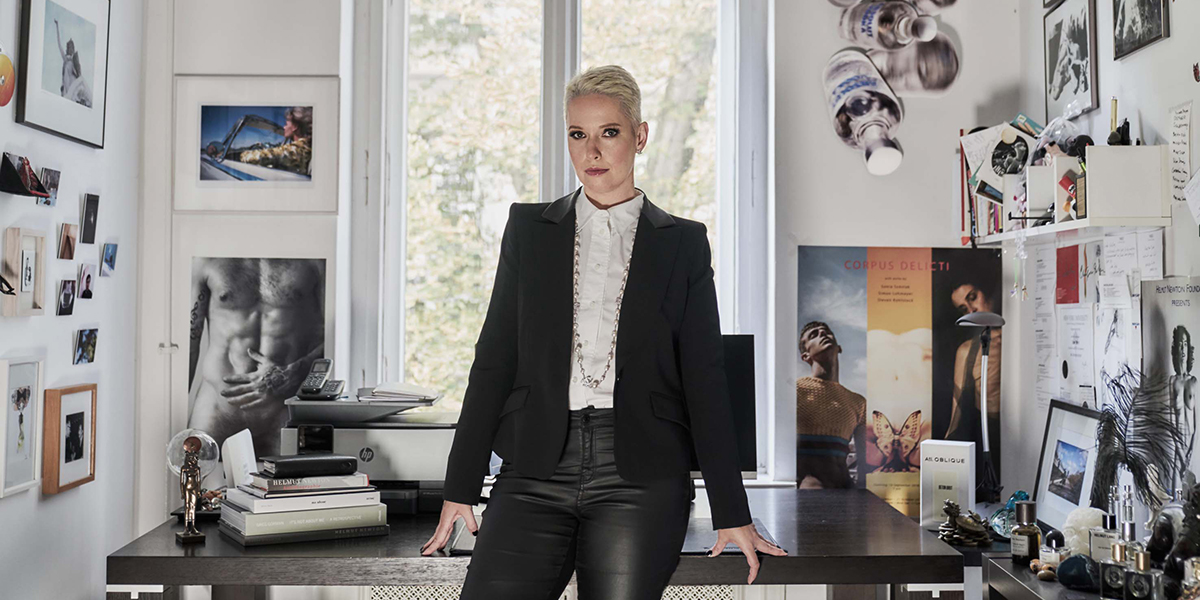
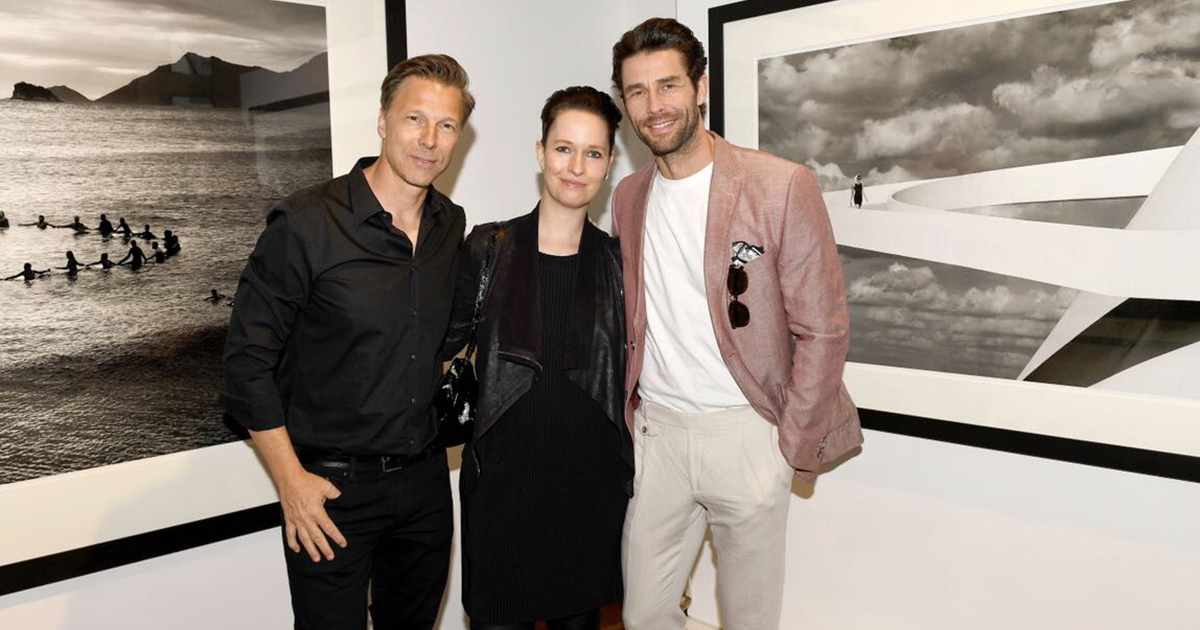

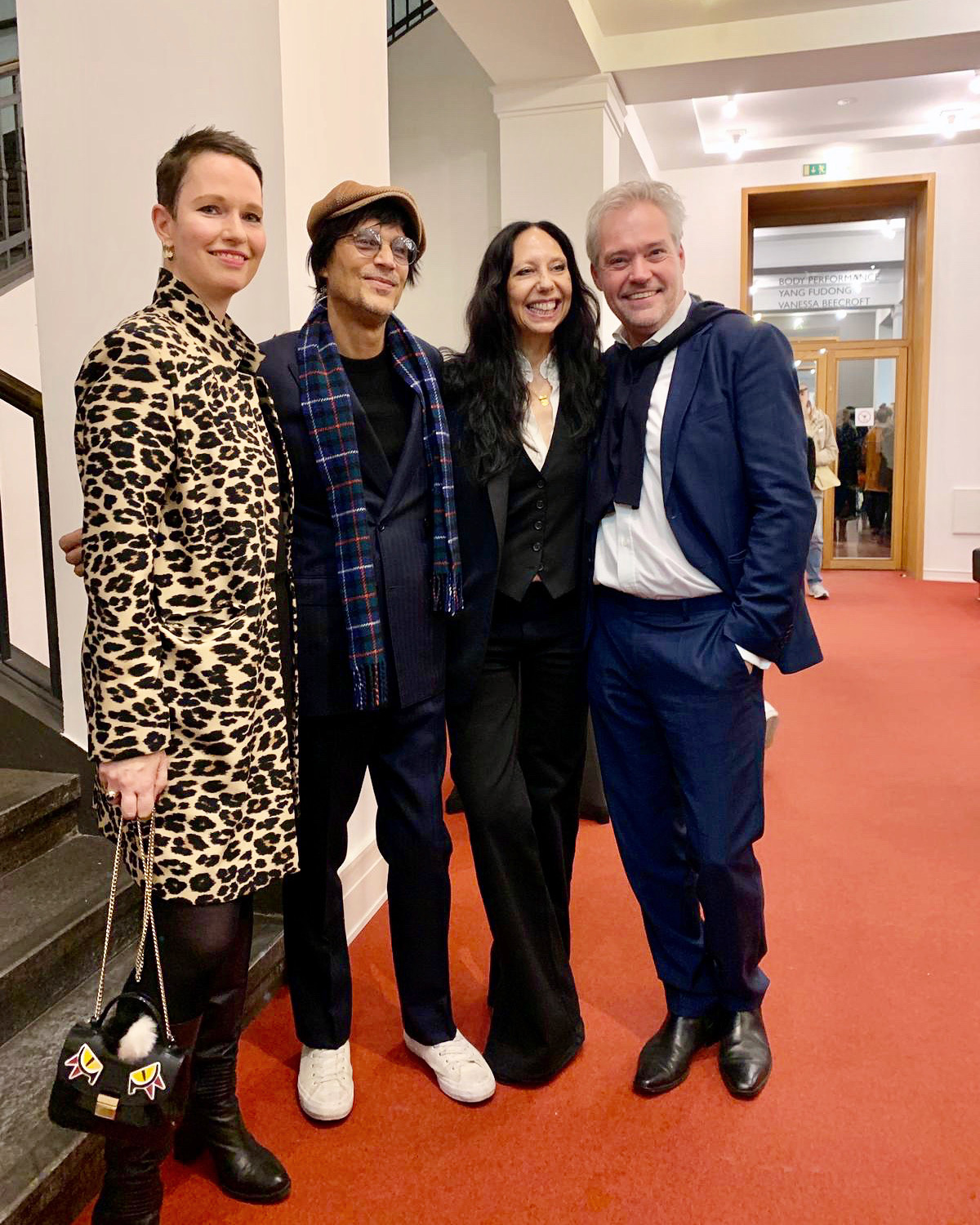
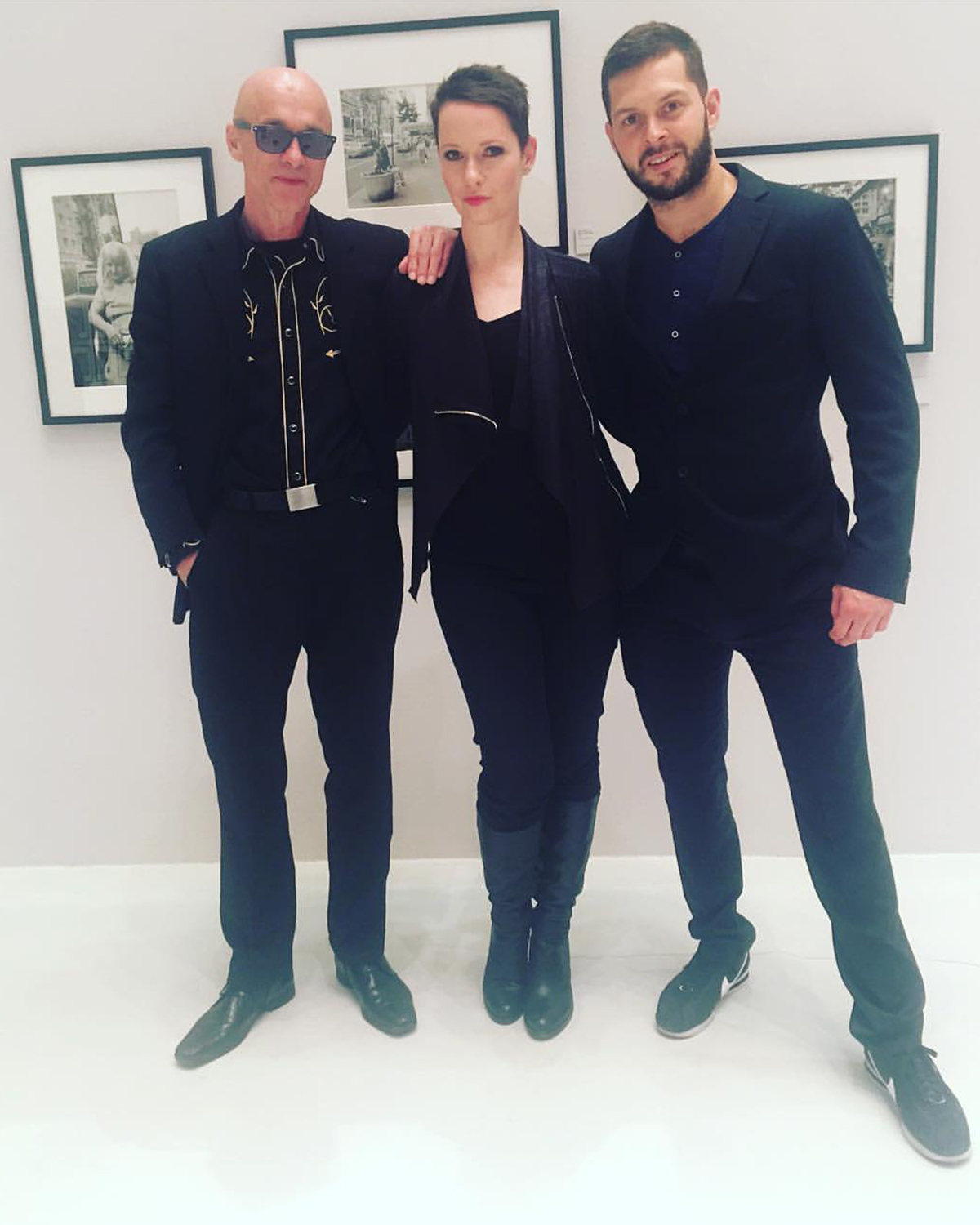

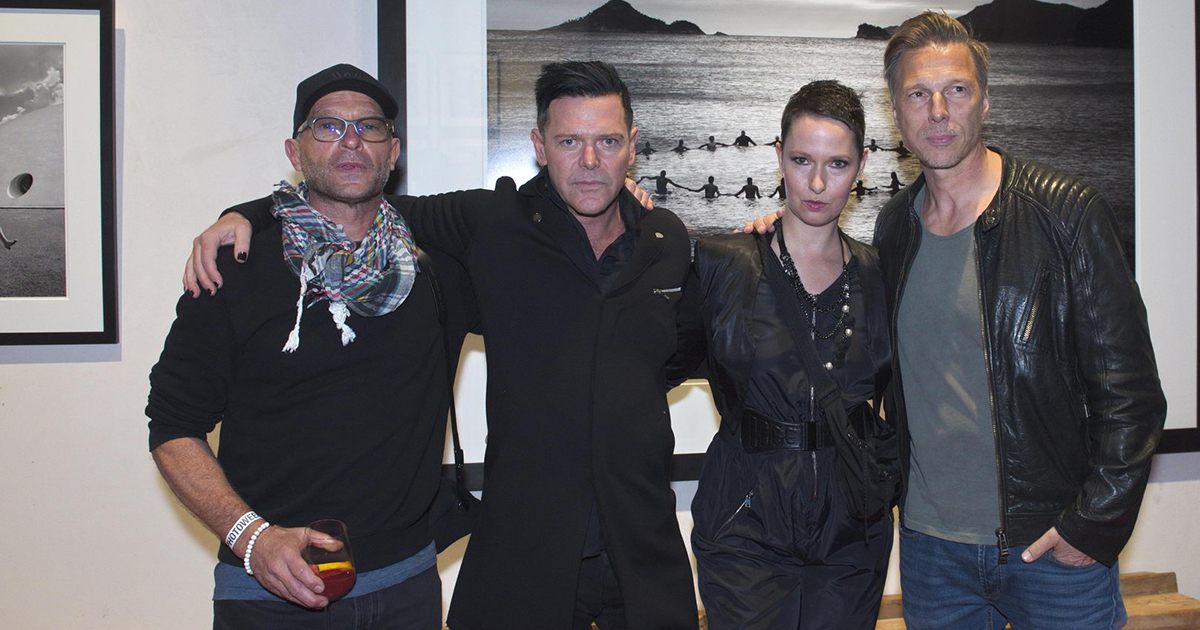
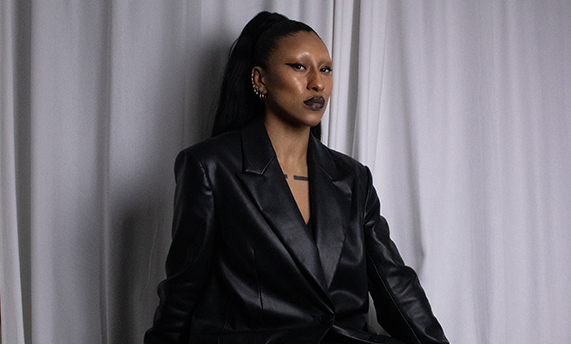
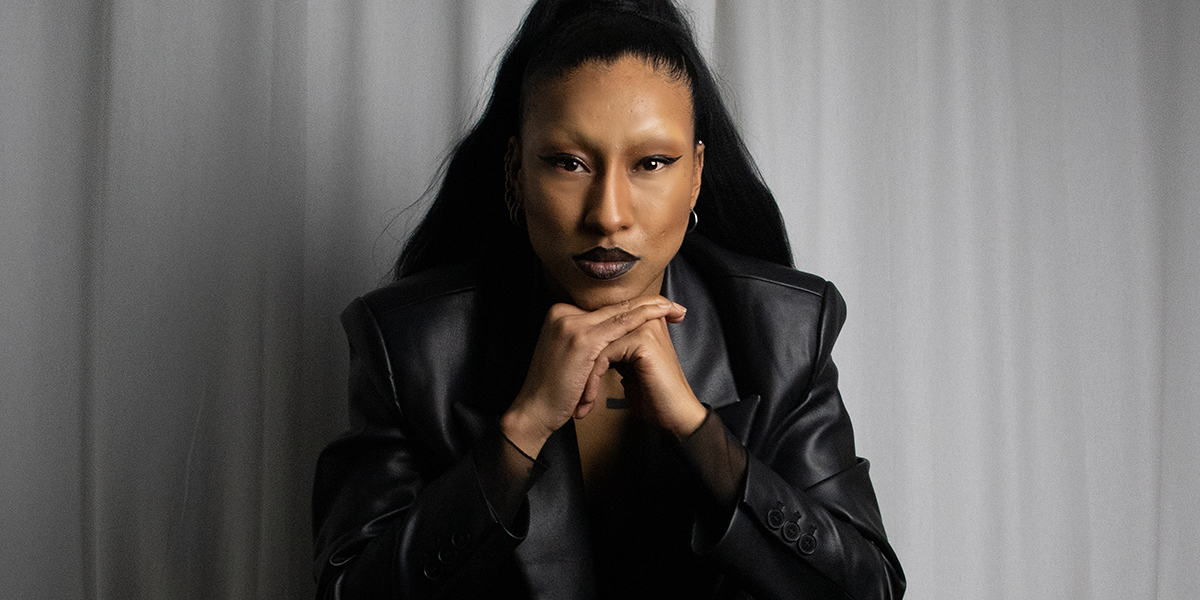
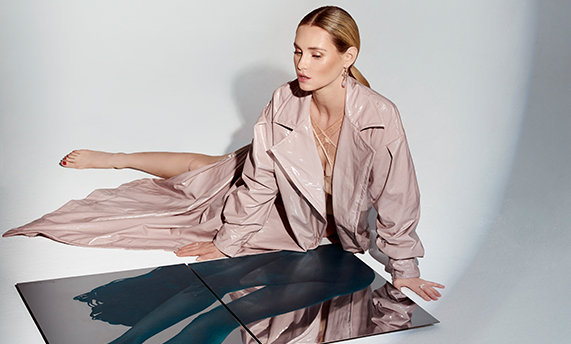
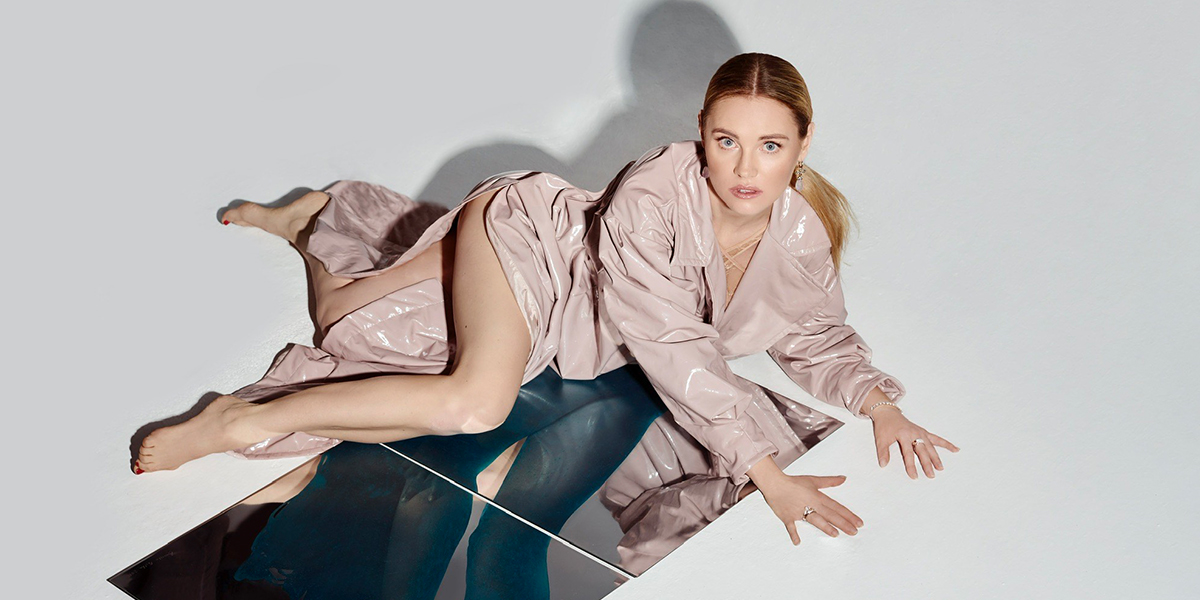
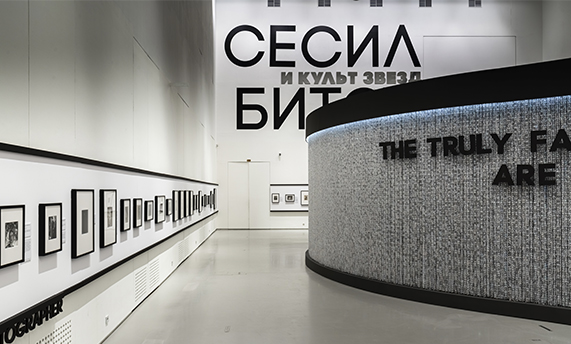
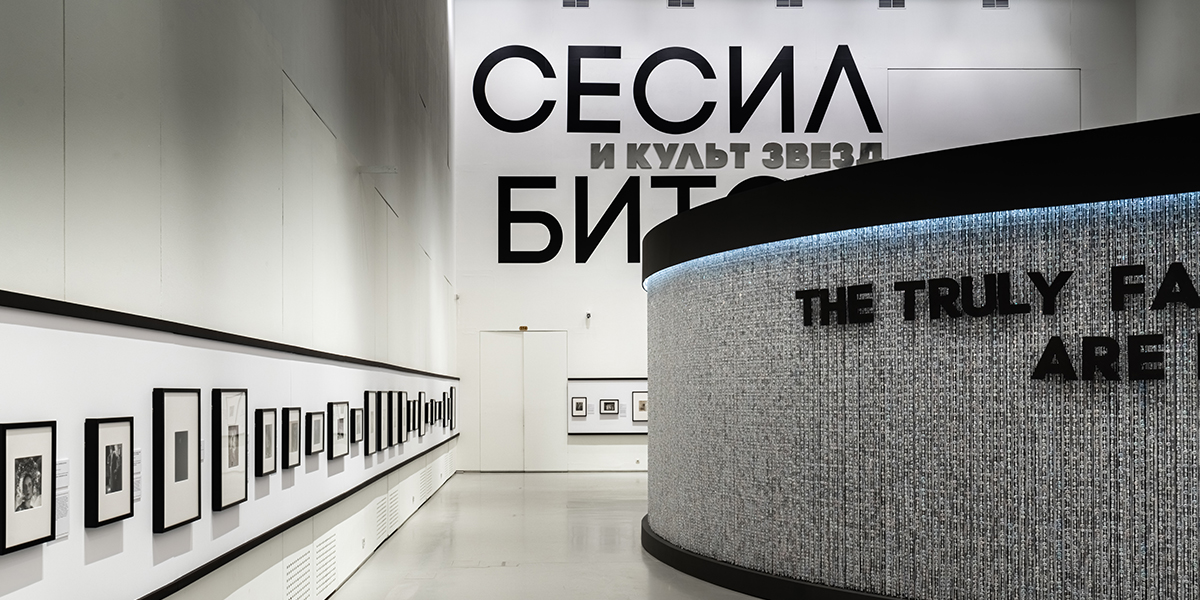
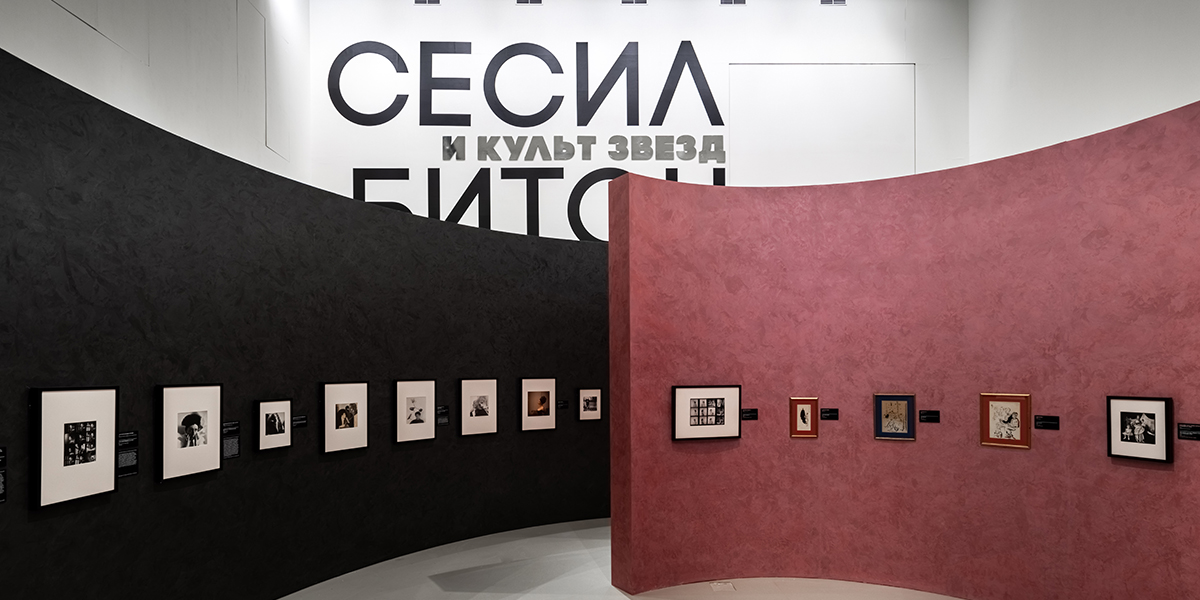
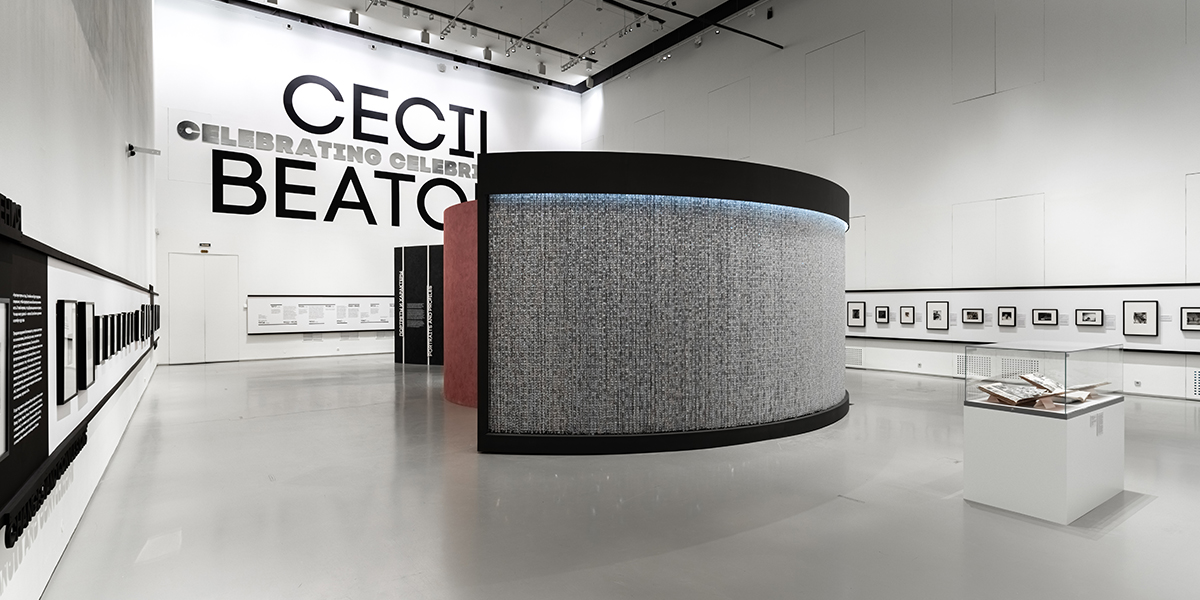
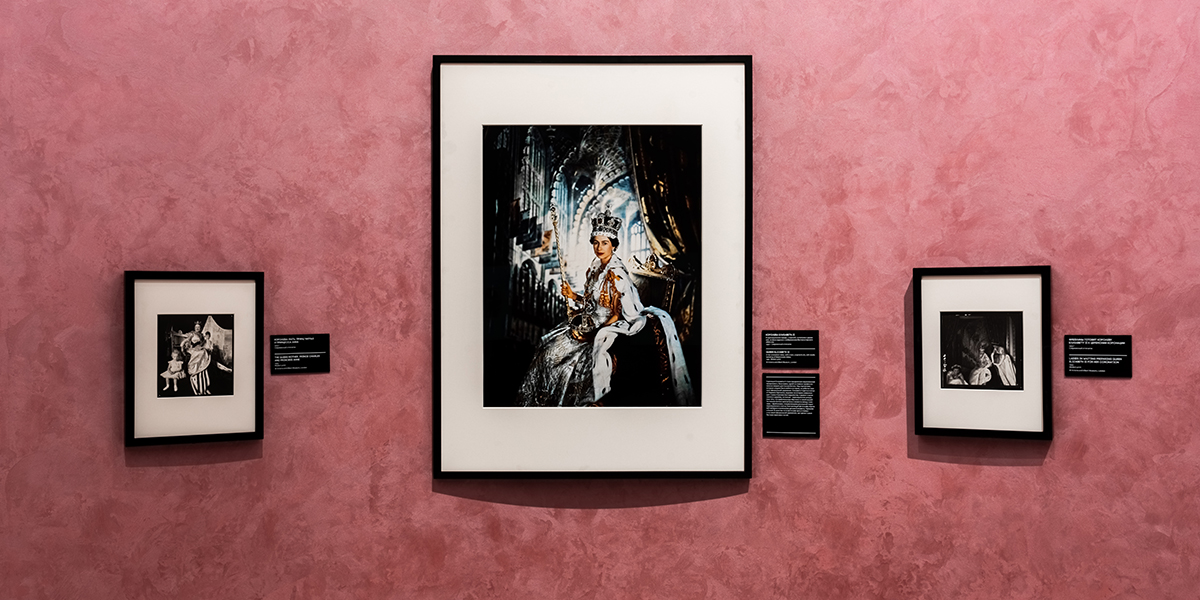
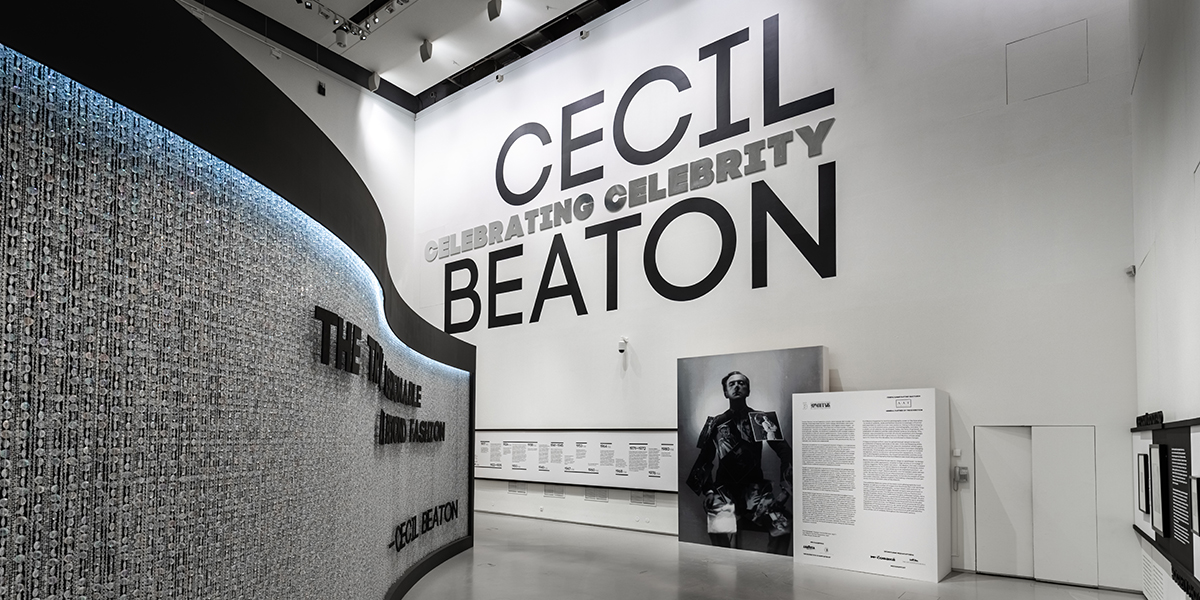

Neueste Kommentare